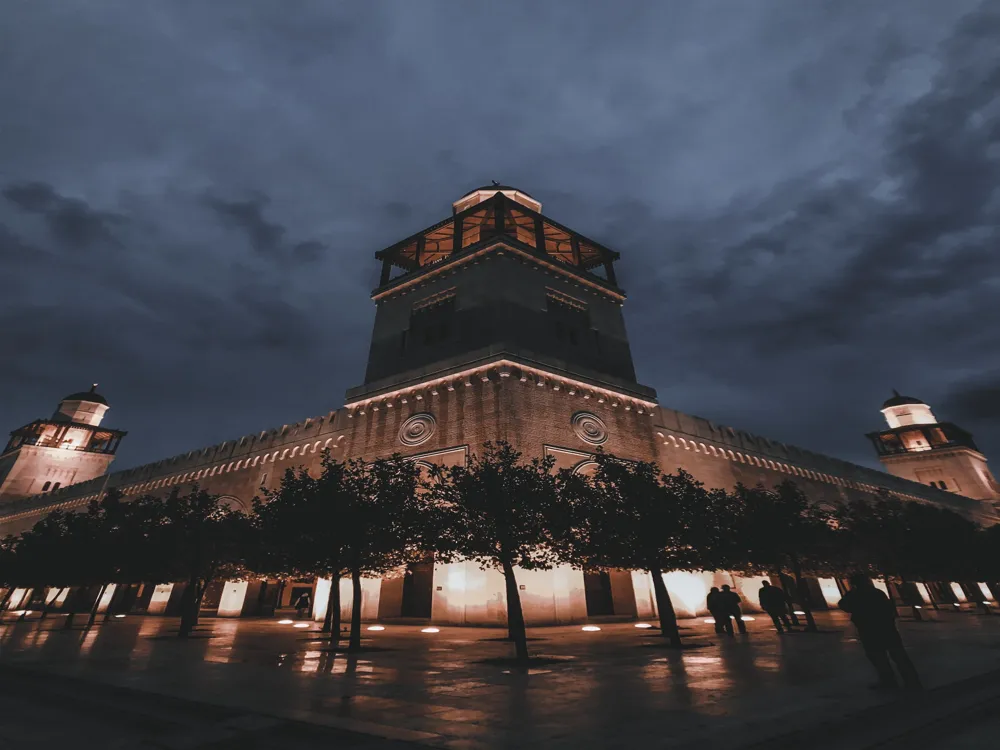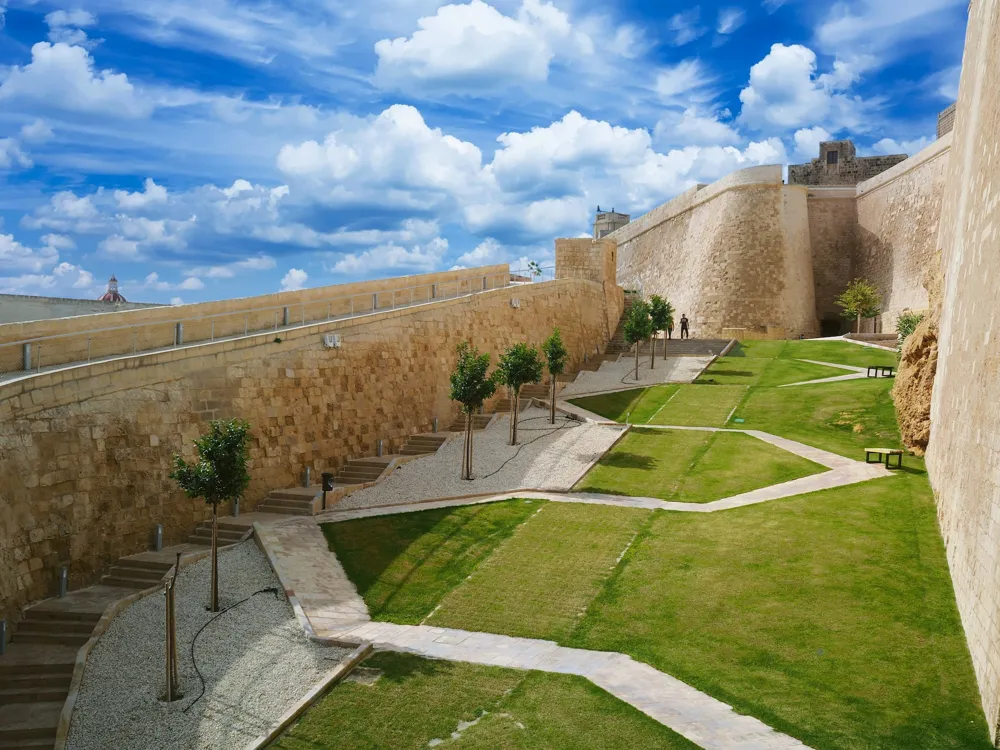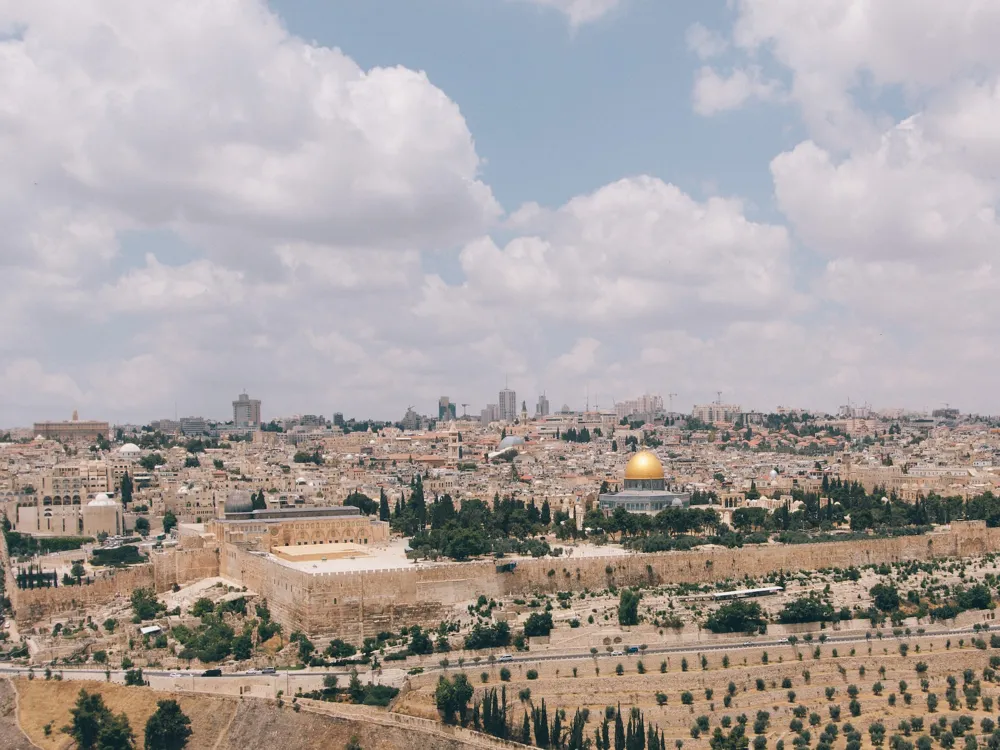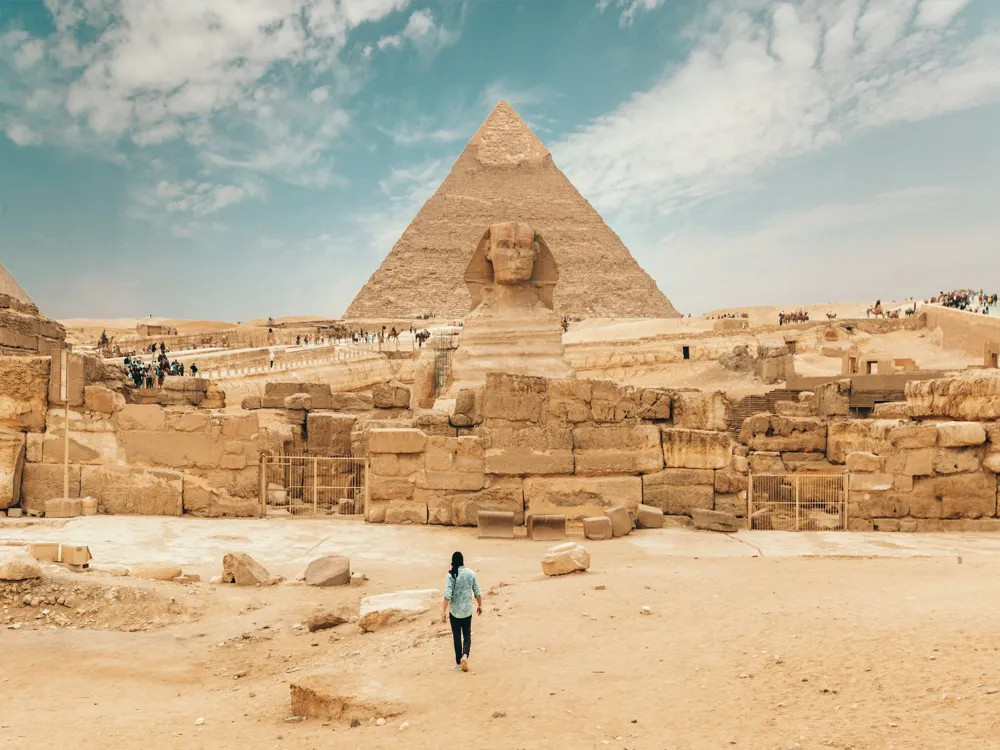The Abu Darwish Mosque, located in Amman, Jordan, stands as a significant landmark with its distinctive black-and-white striped pattern made from alternating layers of local stone. Constructed in 1961 on the top of Jebel al-Ashrafiyeh, it offers panoramic views of the city. This mosque is not only a place of worship but also a symbol of architectural beauty and cultural harmony in Jordan. The architecture of Abu Darwish Mosque is remarkable for its unique design that incorporates traditional Islamic architecture with Jordanian elements. The mosque's façade is adorned with the striking black and white stones that are symbolic of Islamic art in the region. The interior is equally impressive, featuring intricate Islamic calligraphy, beautiful mosaic tiles, and a spacious prayer hall that can accommodate a large number of worshippers. Visitors should ensure they are dressed modestly, covering arms and legs, and women are required to cover their heads before entering the mosque. Non-Muslim visitors are welcome outside of prayer times, usually during the daytime, except for Friday noon prayers. Visitors should speak softly, turn off mobile phones, and avoid eating or drinking within the mosque to respect those in prayer. Consider joining a guided tour if available, to learn more about the mosque's history, architecture, and cultural significance. To reach Abu Darwish Mosque, visitors can take a taxi or a bus from downtown Amman. Given its location on Jebel al-Ashrafiyeh, it is a prominent landmark that is easily recognizable. For those driving, parking is available around the mosque area. Walking to the mosque offers a scenic route through some of Amman's older neighborhoods, providing a glimpse into the city's daily life and culture. Read More:Overview of Abu Darwish Mosque
Architecture of Abu Darwish Mosque
Tips When Visiting Abu Darwish Mosque
Dress Appropriately
Visiting Hours
Respect the Worship Space
Guided Tours
How To Reach Abu Darwish Mosque
Abu Darwish Mosque
Amman
₹ 28,500 onwards
View amman Packages
Weather :
Tags : Mosque
Timings : Open 24 hours
Closed during prayer time
Entry : Non-Muslims not allowed inside
Planning a Trip? Ask Your Question
Amman Travel Packages
View All Packages For Amman
Top Hotel Collections for Amman

Private Pool

Luxury Hotels

5-Star Hotels

Pet Friendly
Top Hotels Near Amman
Other Top Ranking Places In Amman
View All Places To Visit In amman
View amman Packages
Weather :
Tags : Mosque
Timings : Open 24 hours
Closed during prayer time
Entry : Non-Muslims not allowed inside
Planning a Trip? Ask Your Question
Amman Travel Packages
View All Packages For Amman
Top Hotel Collections for Amman

Private Pool

Luxury Hotels

5-Star Hotels

Pet Friendly






















